Yamaha V-Max
With Ian Falloon
There are a few models in Yamaha’s history that have carved a niche in motorcycling folklore, and one was the Yamaha V-Max.
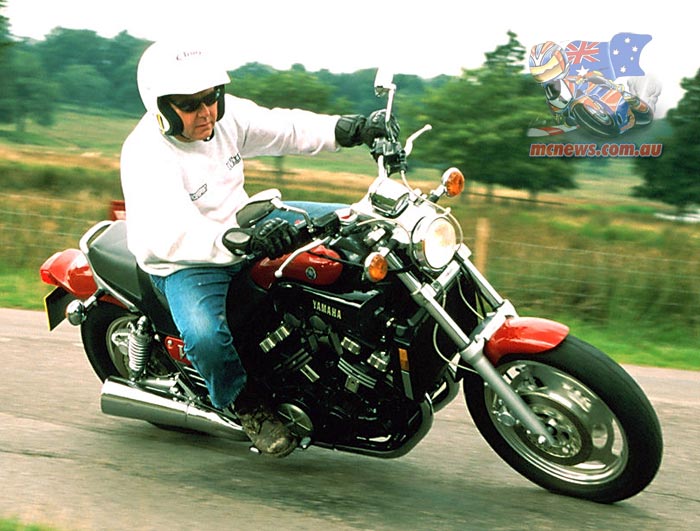
Born in the USA, and strongly influenced by the late-1970s renaissance in hot-rods and muscle cars; everything about the V-Max commanded attention: its presence, its intimidating styling, its bulk and its total commitment to straight-line speed.
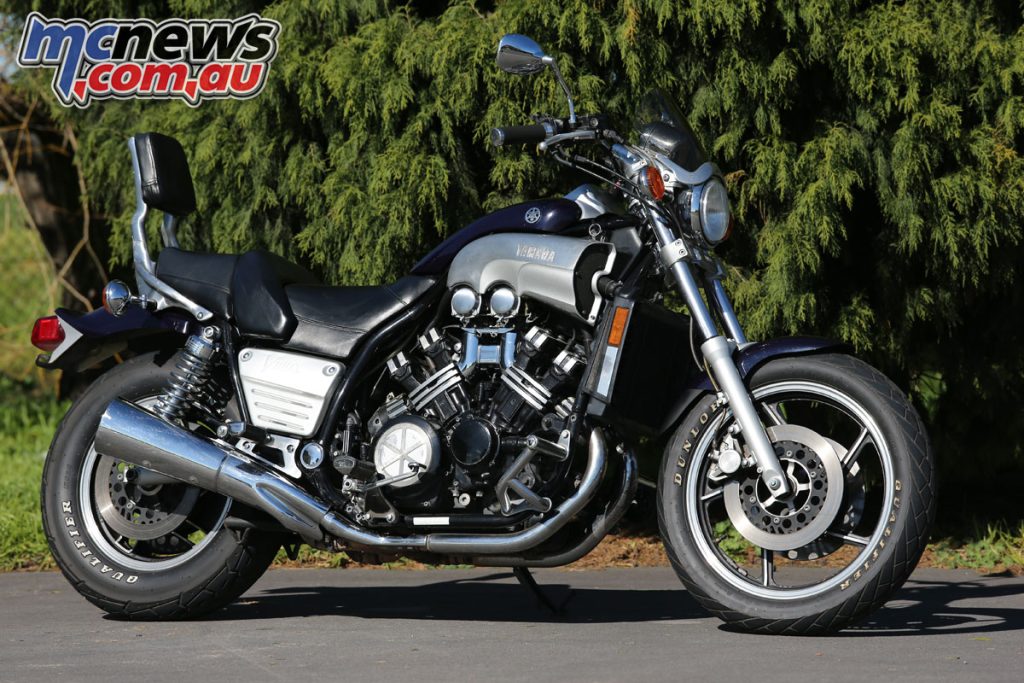
It looked fast when stationary, and the rasp and growl of the exhaust indicated it would not disappoint when underway. The V-Max was a monster, a beast, and the first true muscle bike.
The impetus for the V-Max arose after Yamaha chief Akira Araki visited the US to study the market. He was so impressed with a drag race over a bridge on the Mississippi River he saw an opportunity to make a bike that emphasised straight line speed. Honda had just released their 1100 cc V65 Magna and Yamaha wasn’t to be outdone.
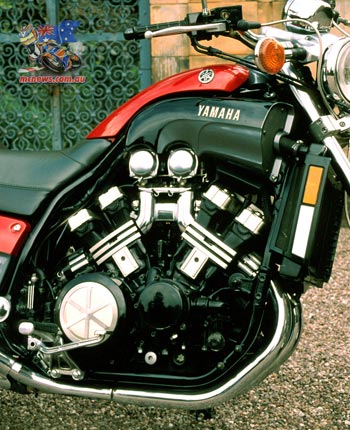
The bike evolved as part of the formula that has epitomised American culture from muscle cars to .44 Magnums and Mack trucks: Shoehorn maximum horsepower into a strong, simple frame, dispense with all bells and whistles, and don’t add an ounce of anything unnecessary. The goal was a balls-out performer with wide mid-range.
For the V-Max Yamaha took a tuned version of the double overhead camshaft, four-valve per cylinder, liquid-cooled V-4 from the Yamaha Venture. The compression ratio was raised to 10.5:1, the intake valves were enlarged from 29 mm to 30.5 mm and exhaust valves grew from 25 mm to 26 mm.
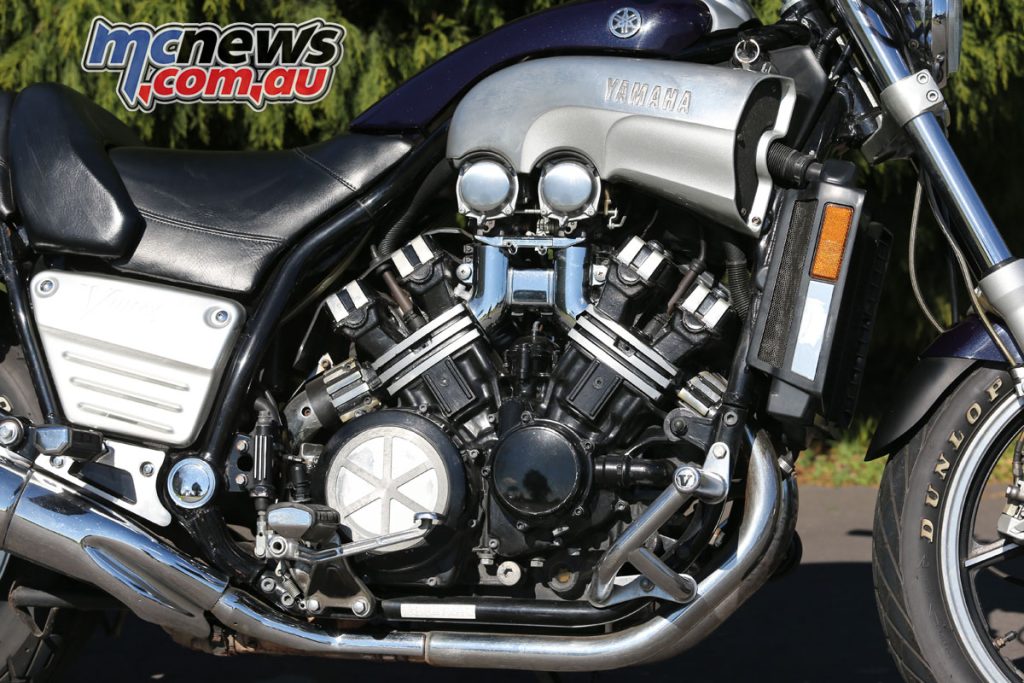
Flow was improved by slightly reducing the size of the valve stems and enlarging the carburettors from 34 mm to 35 mm. Beefier camshafts further increased mid-range power. Key engine and transmission components were strengthened to help withstand the additional stress.
Although Yamaha wanted to fit a turbo, this wasn’t possible with the V-four configuration. Instead, they designed an ingenious V-boost set-up, this emulating a turbo by feeding each cylinder with two carburettors from 6,000rpm, through the use of servo-controlled butterfly valves.
The valves were fully open at 8,000 rpm, effectively boosting power by 10 per cent. The results were staggering, the V-Max getting an enormous second wind as the valves cracked open. Maximum power was a claimed 145 horsepower, a substantial figure in 1985.
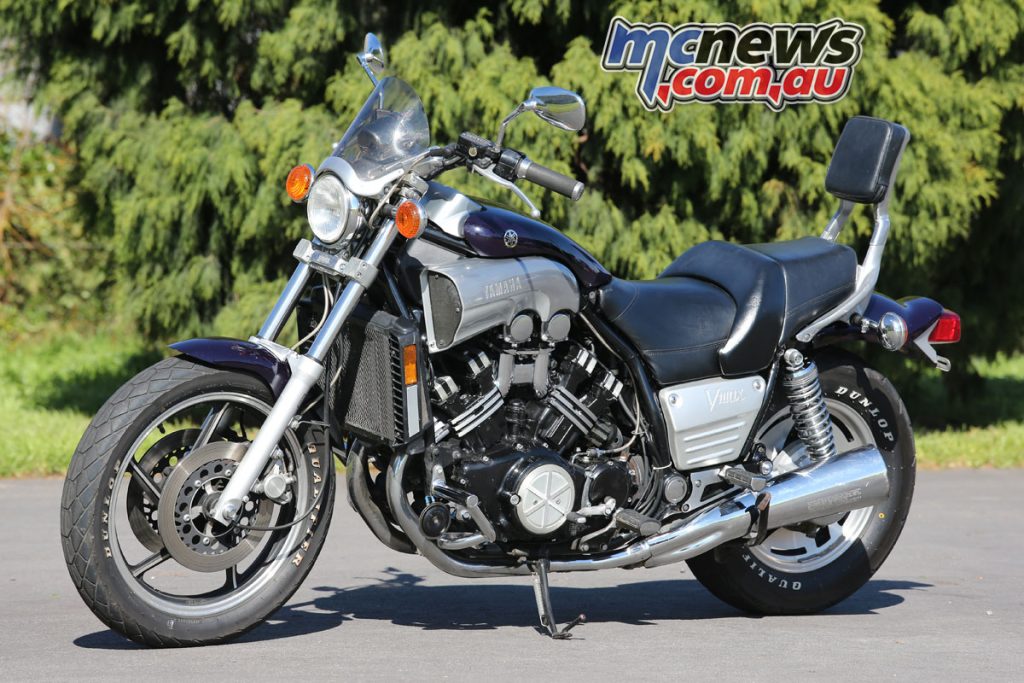
Unlike the engine, the V-Max’s chassis was quite orthodox. The frame was a conventional double cradle steel type, with twin rear shock absorbers. Drive was by a shaft to a 15-inch rear wheel and wet weight a hefty 274 kg. But good handling was never part of the V-Max’s intended purpose and it was a huge success, garnering a dedicated, almost fanatical, cult following.
Due to its rather anti-social characteristics Yamaha never really spotlighted the V-Max, instead adopting a slightly apologetic attitude. So unique was the V-Max that no other manufacturer even bothered to produce a worthy competitor. Ultimately noise and emission controls spelt the end of the carburetted V-boosted V-Max, but not before it had been in production twenty-three years. The V-Max remains an iconic muscle bike, brutal and unique.
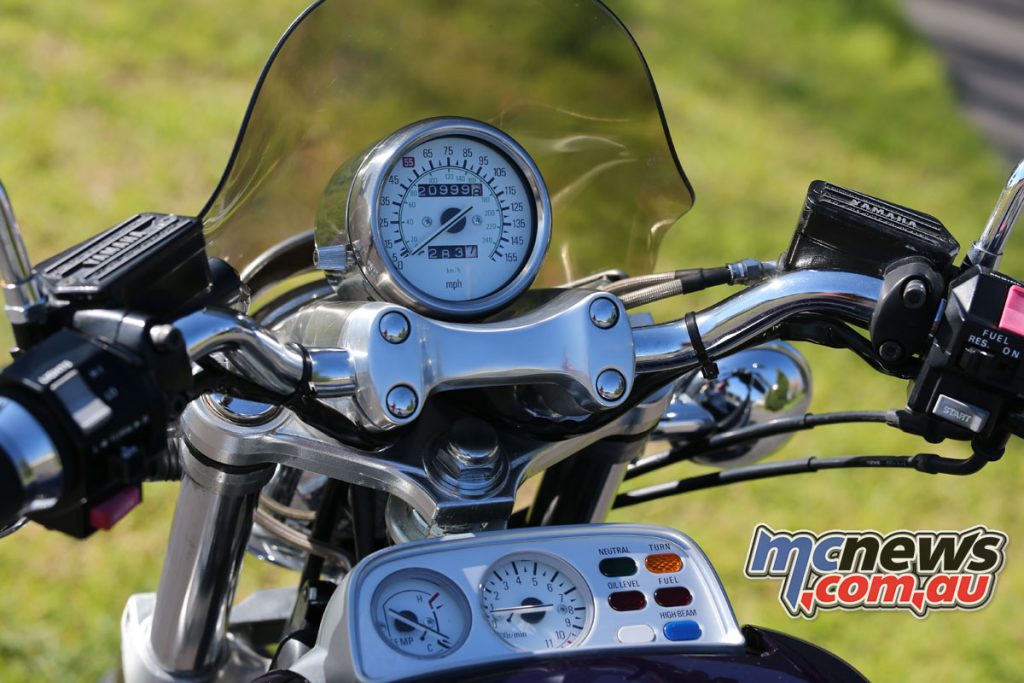
Five Yamaha V-Max Facts
- Born in the US, the V-Max was developed under the guiding hand of Ed Burke, responsible for many of Yamaha’s US-born creations. A small team of Japanese engineers seconded to California during 1983 executed the engineering.
- Headed by Araki the team set up in a room of GKDI design company in Santa Monica, California, a external Yamaha design office. For nearly one month with colleagues Ashihara (engine design) Kurachi (body design) they worked to put the V-Max image on paper then flew back to Japan to present it.
- Europe received the V-Max from 1986. European versions had 104 horsepower and no V-Boost. The V-Max proved extremely popular, and during the late 1990s more were sold in France than the USA.
- Until 2008, the V-Max was only offered for sale through the Star Motorcycles division of Yamaha Motorcycles in America. The 2008 V-Max was almost identical to the original 1985 version. Around 100,000 units of the original V-Max were sold globally across its two decades of production.
- For 2009 Yamaha released a completely redesigned VMAX with an all-aluminium frame and a 1,679cc liquid cooled V4 DOHC producing a claimed 197 horsepower. Instead of the V-Boost on the original V-Max, the new VMAX was fuel injected. This lasted until 2020. Trev tested that final generation machine, Yamaha V-Max Review (Link)
1985 Yamaha V-Max Specifications
- Engine – 1198 cc, liquid-cooled, DOHC, 70-degree, V-Four
- Bore x Stroke – 76 x 66 mm
- Compression Ratio – 10.5:1
- Claimed Power – 145 horsepower at 9000 rpm
- Claimed Torque – 112 Nm at 7500 rpm
- Induction – 4 x 35 mm Mikuni BDS35 carburettors
- Ignition – CDI
- Clutch – Wet, multi-disc
- Gearbox – Five speed
- Frame – Double cradle steel tube
- Rake – 29 degree
- Trail – 119 mm
- Wheelbase – 1590 mm
- Front suspension – 40 mm Kayaba forks, air pressurised, 140 mm travel
- Rear suspension – Dual Kayaba shocks, pre-load adjustable, 100 mm travel
- Tyres – 110/90-18 (F), 150/90-15 (R)
- Final Drive – Shaft
- Seat Height – 765 mm
- Ground Clearance – 145 mm
- Weight – 254 kg (dry), 274 kg (wet)
























